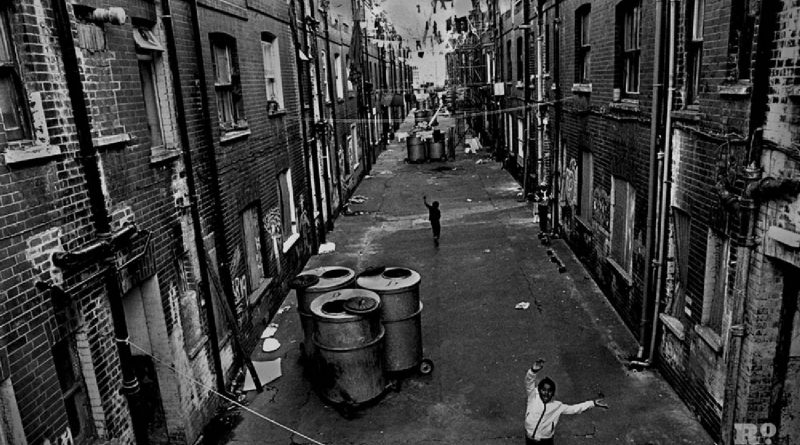A home away from home: Bangladesh independence and migration to the East End
How generations of Bangladeshis came to call Tower Hamlets their home, where one in six UK Bangladeshi residents now live.
Despite taking place over 4,000 miles away, Bangladesh Independence Day on 26 March is a significant day for many East Londoners, with our local Bangladeshi community making up 35% of the population of Tower Hamlets.
As recorded in the 2021 census, one in six Bangladeshi residents across England and Wales live in Tower Hamlets, making our borough’s local Bangladeshi population almost twice the size of the next largest within a local authority.
This Sunday 26 March, the Bangladeshi community will be celebrating 52 years of independence from West Pakistan in 1971.
From Brick Lane’s Banglatown to Whitechapel’s many mosques, the Bangladeshi community’s rich cultural heritage and active community life are evident across Tower Hamlets and form an essential part of the East End’s cultural identity. A trip to East London would be incomplete without visiting one of Brick Lane’s many famed curry houses.
But what caused so many members of the Bangladeshi community to come and reside in the East End?
The migration of Bangladeshi workers to East London began in the 1950s when the government encouraged workers from Commonwealth countries to immigrate to the UK to help rebuild the country after World War II.
The concentration of key manufacturing industries around East London’s docks made our area one of London’s most heavily targeted areas during the Blitz.
Many Bangladeshis, who were then part of Pakistan, travelled to the East End to help with post-war redevelopment, working on the docks and in key industries such as textiles and furniture making.
The first significant wave of migration occurred in the 1960s when a large number of Bangladeshis settled in Whitechapel, Spitalfields and Bethnal Green, drawn to the availability of low-cost housing and job opportunities in garment factories.
Up until the 1970s, East London’s Bangladeshi migrant community had primarily consisted of men working in low-paid jobs and living in shared accommodation. These men often commuted back and forth between London and the Sylhet region of what is now Bangladesh.
But Bangladesh’s declaration of Independence in 1971 prompted the beginning of a casualty-heavy nine-month conflict which spurred mass migration from the country. Although the origins of the East End’s Bangladeshi community can be traced further back, the war was a major catalyst in forming the community as we know it today.
With estimates of civilian deaths as high as three million, and the country’s infrastructure and economy left ravaged by war, freedom came at a great cost. Millions of Bangladeshis fled the country during the Bangladesh Liberation War, and although the large majority went to neighbouring India, many also came to join relatives and friends in East London, embedding the Bangladeshi community further.
In response, the British government enacted an immigration policy that only allowed adults to migrate if they had a job secured in the country. As a result, those who had already migrated could secure work for their relations in Bangladesh, meaning the community became densely concentrated in only a few places.
Skilled workers from Bangladesh continued coming to East London in the 1980s and 1990s, advocating for the rights of their community and establishing successful businesses that play a central part in the culture and economy of our area today.
In May 2022, Bangladesh-born Lutfur Rahman was elected Mayor of Tower Hamlets, whose 24 Councillors are all of Bangladeshi heritage. The twenty-two seats that Rahman’s Aspire Party won made it the first time that a party that was neither Labour, Conservative, or Liberal Democrat has taken control of a London council in over sixty years.
If you enjoyed reading this article, you might like our piece about the Bengali Squatters Movement of the 1970s.


Not true that Bengalis came to the UK because of war. Bengalis came to the UK as economic migrants
yes becasue the british empire stole its riches, plunged bangladesh into poverty.
Yes Ansar, you are correct.